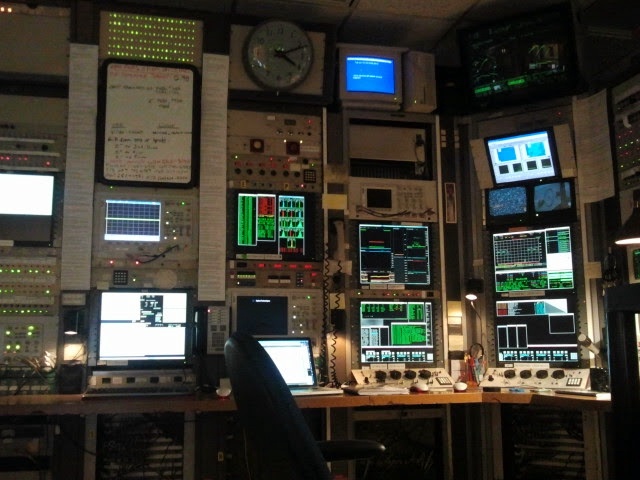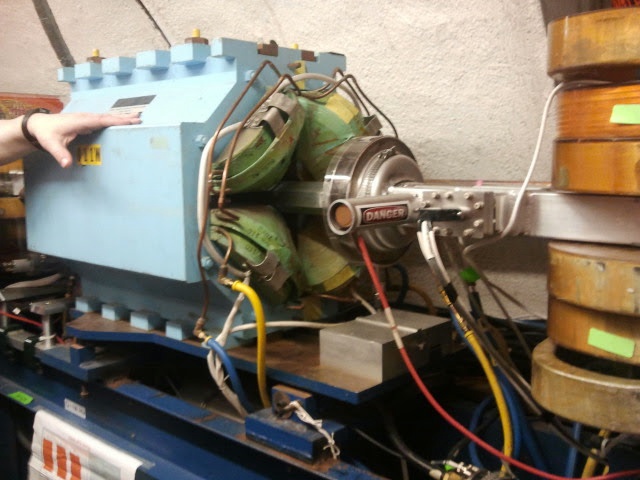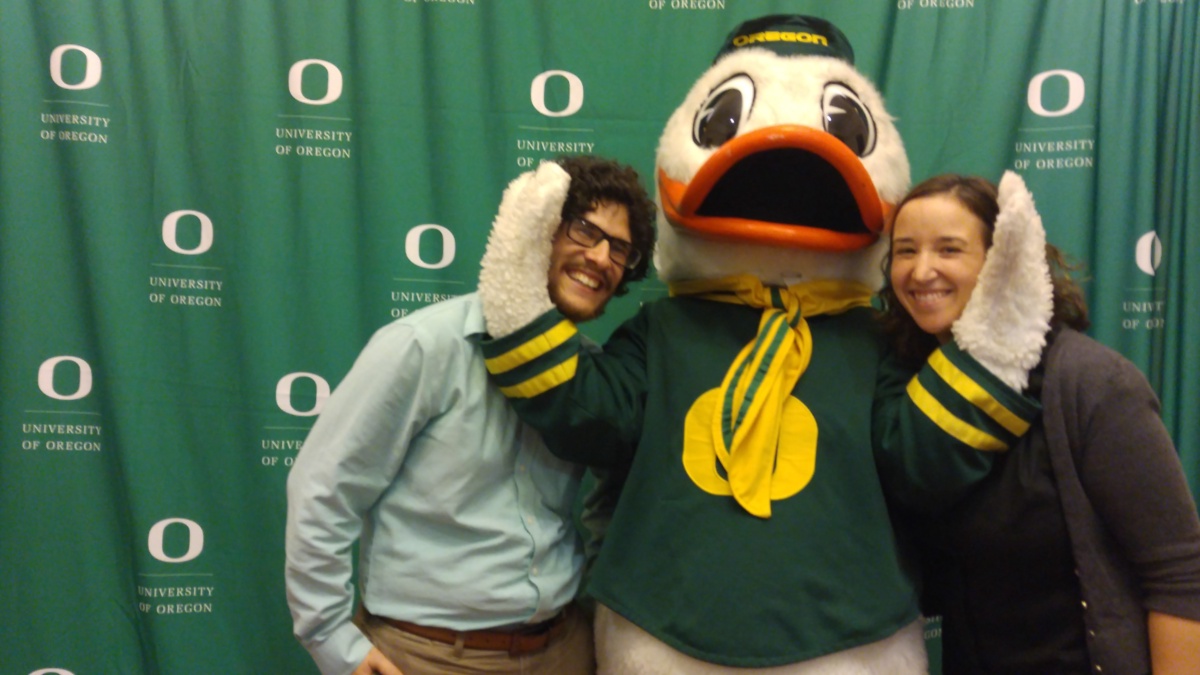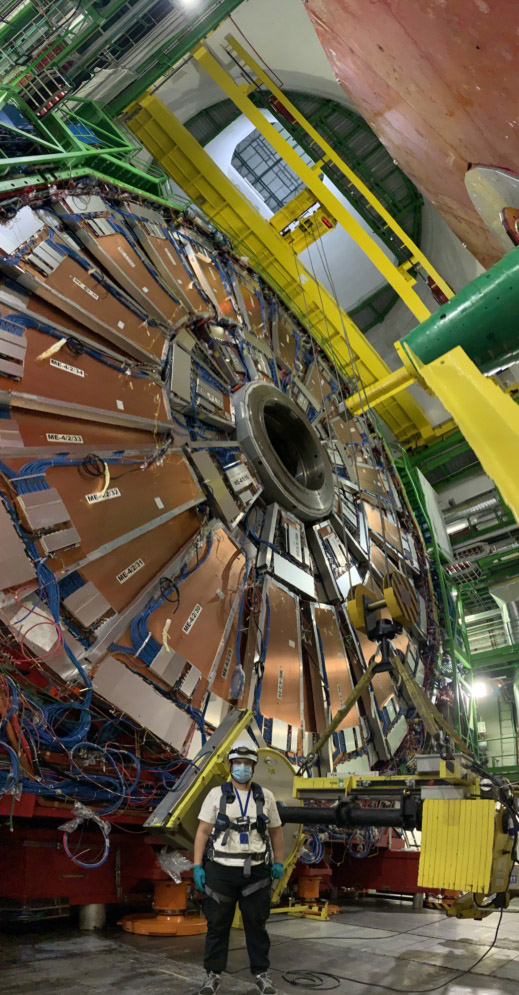Guest post by Johan Sebastian Bonilla
All we need is ganas.
The quote is from Jaime Escalante in Stand and Deliver, a movie about a teacher in a low-income primarily Latin American public school in Los Angeles who pushes his students to ace the Advanced Placement Calculus exam despite cultural stereotypes. Ganas is a popular word in the Latin American lexicon, it brings with it a connotation of struggle, determination, and hope. You can have everything in the world, but without ganas one’s dreams remain just that. This word resonates in my head constantly, only in my parents’ voices -- póngale ganas
“Estudie, para que no trabaje como nosotros” [Study, so you won’t have to work like us]
I was born in Miami, Florida (USA) to a family of Costa Rican immigrants. My father moved to the US four years before my mother and siblings could join him, all with the hope that in this new country they could have opportunities they had only dreamed of in Costa Rica. My dad began working full-time moving produce at one of Costa Rica’s busiest markets when he was 8 years old; my mom was the fourth oldest of 11, and could not study past 6th grade in order to help raise her siblings. Although they did not have the opportunity of traditional education, my parents instilled in me the importance of studying and working for what you want. Today, my father is 66 and works as a warehouse employee and my mother as a housekeeper. My story begins with them and their hard work.

Photo Credit: Hollis L. Gehrett
“¿Usted que puede, qué quiere?” [If you could study anything, what would you choose?]
I didn’t always think I would be a physicist. When I was younger, I was fascinated by weather and wanted to be a meteorologist for the local Spanish-language news channel. My role-models were John Morales and Jim Cantore, not Einstein or Feynman. Perhaps it was natural for a child like me living in a hurricane-prone area to be awed by the power stored in storms, but what really excited me about the field was how uncertain everything was. No one knows how the weather will turn out; the best we can do is roughly predict a few days ahead. To me, this unknown was irresistible. It wasn’t long before I started to wonder what the fundamental laws of nature were that governed weather patterns, and indeed the whole universe -- the study of physics was unavoidable.
The transition into my physics focus was catalysed by a stark reminder of my family’s situation in Costa Rica. One evening there was a mild earthquake which managed to knock out the power to my family’s neighbourhood. That night was particularly warm, so we left the windows and doors ajar. Not surprisingly, we woke up to a missing TV and microwave. One of my older cousins, frustrated with the break-in, challenged my career goals. He said, “You are the only person in this family to actually have an opportunity to be whatever you want to be. So what do you really want to be?” My immediate answer was, “An astronaut, of course”. Something in my mind told me I was finally getting closer to the truth. “Like Franklin Chang-Diaz?” my cousin asked, referring to the only Costa Rican astronaut. “Yes, exactly!” At the time, the end goal for me was travelling to space and making my family proud. Over the next few years my aspirations evolved from wanting to be an astronautical engineer, to an astrophysicist, and eventually to the particle physicist that I am (though if offered an astronaut gig today, I don’t think I could refuse).
In 2010, I graduated from Hialeah High School in a class of nearly 1,000, and began my undergraduate studies at Stanford University on a full-ride as a Gates Millennium Scholar. Ironically, the hardest part of the move was the culture shock of living in such an affluent, non-Hispanic area. My first quarter of classes included a set of seminars on physics research done on campus. It was there that I first heard of phonons (excitations of atomic bonds in materials) and how photons are manipulated to study them in the femtosecond range. It took a few emails, but I eventually joined a new lab studying this physics. I had never been in a lab previous to this and found it fascinating that I now was in a position to answer questions no one else has had an answer to before. At first I thought I was going to pursue theoretical physics, but experiment ultimately brought the fulfilment I need.
I spent the summer of 2012 researching accelerator physics at Cornell’s electron-positron storage ring (CESR), particularly characterizing the ‘wobbles’ of particle bunches circling the ring called head-tail motion. I loved everything about accelerator physics: the tunnels, the magnets, the beautiful, vintage look of the control room. However, CESR was not the accelerator in the headlines that summer. On July 4th, 2012 I came into my office to find a copy of the New York Times on my desk: Physicists Find Elusive Particle Seen as Key to Universe. To this day, I don’t know who put it there. I still have that newspaper and consider that the day I decided to pursue particle physics. The following summer I did a Research Experience for Undergraduates (REU) at the University of Chicago with a project in the ATLAS group. It didn’t even take a week for me to realise I was finally on the right path.

Credit: Johan S Bonilla

Credit: Johan S Bonilla
I went on to the University of Oregon (UofO) to get my PhD in their ATLAS group. I worked on upgrade studies to the Level-1 calorimeter trigger, jet calibration and resolution, and searches for supersymmetric top partners. My advisor at the UofO was Prof. Stephanie Majewski (pictured below with our school mascot, Puddles) whom I thank immensely for training me to be a rigorous physicist.

Photo Credit: University of Oregon
!Sí se puede! [You can do it!]
I earned my PhD in the Fall of 2019, after a year of turbulence in my family and personal life. It was the year the pressure of my family’s economic struggle motivated me to finish my time as a student and find a well-paid position in order to help them. It was also the year I came out as gender non-binary and pansexual. This transition into a more truthful representation of myself was a liberating relief. At the same time it brought up new things to navigate socially, for example the enforcement of my they/them pronouns in professional spaces. In total, I spent six and a half years working with ATLAS, made wonderful friends, and fed my love for physics.
Photo Credit: Hollis L. Gehrett
In late January 2020, I received a call from Prof. Robin Erbacher at the University of California Davis offering me a position as a postdoc within their group in CMS. I was over the moon with excitement -- finally, I was a professional physicist! At the same time, I was terrified. I had spent a lot of energy working up relationships in an enormous collaboration, and now I would need to start over again? Am I really cut out to be a scientist? Is Davis making a mistake hiring me? The imposter syndrome really can be paralyzing, but it is up to each of us to let those thoughts pass and grasp onto the next productive one that floats by.
The new job took me to Europe, to be based at CERN, in order to work with the LS2 upgrades to CMS. I arrived in the first week of March 2020; there was still snow atop the Jura mountains I could see from my backyard. The sounds of faint cow bells in the morning, bleating sheep in the afternoon, and the incessant water fountain out front made me feel like I was in an episode of Heidi, Girl of the Alps.
Cue a global pandemic

Photo Credit: David Morse
The effects of COVID are felt as strongly today as they ever have been. As I write this, France is enforcing its second confinement, and case records are set almost daily. My family and I are fortunate to not have lost our jobs or our health. At the start of the crisis, I had just arrived in a new country and hadn’t even met my new coworkers before the world sequestered. I would end up meeting all of them in Zoom meetings later on.
In the last few months I have had the opportunity to contribute to many upgrade projects for the Cathode Strip Chambers: from wiring a new low voltage network, to electronics refurbishment, to chamber installation. I also work on searches for new particles within the Beyond Two Generations group (B2G), more specifically all-hadronic analyses of vector-like quarks and top-antitop resonance.
I’m excited to continue working with CMS. So far my experiences have been wonderful and I have met many kind folk. I have lots of ideas to act on still, and more importantly ganas to keep searching for the secrets of the universe.
The views expressed in CMS blogs are personal views of the author and do not necessarily represent official views of the CMS collaboration.
